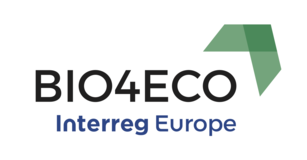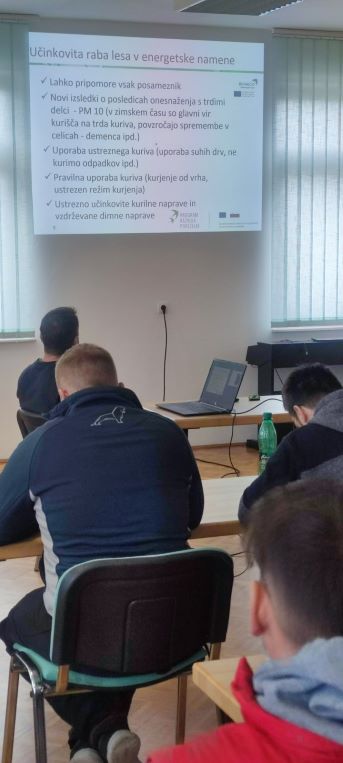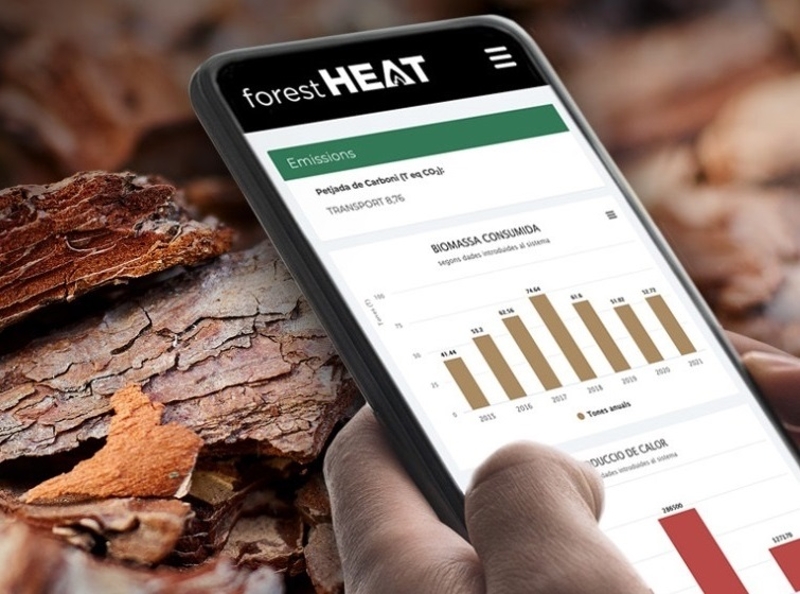SMART LAND USE FOR LOW CARBON ECONOMY
WORKSHOP DISCUSSIONS
Workshop discussions on 13th June were organized in two thematic blocks, both underlying issue of the development of sustainable biomass production and usage through:
Functional land management
Climate smart forestry
Themes of the workshop were agreed and pre-discussed between project partners before the event. Each project partner was asked to analyze the proposed themes through national/regional perspective.
Under functional land management theme, it was discussed how to address diverse land functions by bridging controversial policies to get most of forest and farmland (based on regional examples and scientific knowledge).
MAIN EXPERIENCES AND CONCLUSIONS
Functional land management
Land functionality analysis can help to get most of our land
Presence of peatlands and organic soils make them land use management hot spots
Links between regional land use management planning and bioeconomy strategies are important
Bioenergy development should be integral part and important support tool for development of rural territories
Site-specific land use objectives can be tackled by forest stand management planning
Soils are crucially important. Soil response should be modelled in a light of bioeconomy development
Attraction of different actors` attention to soil organic carbon issues is a challenge
Integrative approach of agriculture and forestry needs to be developed when working towards climate change targets and particularly on soil organic carbon
Climate smart forestry
Justified and locally adapted forest management solutions are essential for climate smart forestry development
Climate smart forestry is a wide concept and there is no common understanding yet, further work and experience exchange is needed
Good “traditional” forestry helps mitigate and adapt to climate change even without the title “climate”
Active forest management can contribute to climate change mitigation in three ways: carbon sequestration, fossil fuel substitution and substitution in materials
Local planning is important part of successful forest biomass mobilization
Information reaches forest owners better if it is processed and adapted to particular needs
Forest owners are motivated to share their information if information security is guaranteed
Small property forest owners are the target auditory for bioeconomy development
Focus should be brought on ecosystem services in forest management plans
Possibilities to use private forest owners’ data (e.g. from e-service systems) in GHG inventories are worth to be explored
E-service models should be used more widely, but one model cannot be applied everywhere in an uniform way, local solutions are needed
GHG accounting challenges in LULUCF sector (land use, land use change and forestry) are increasing and can impact biomass mobilization future a lot







